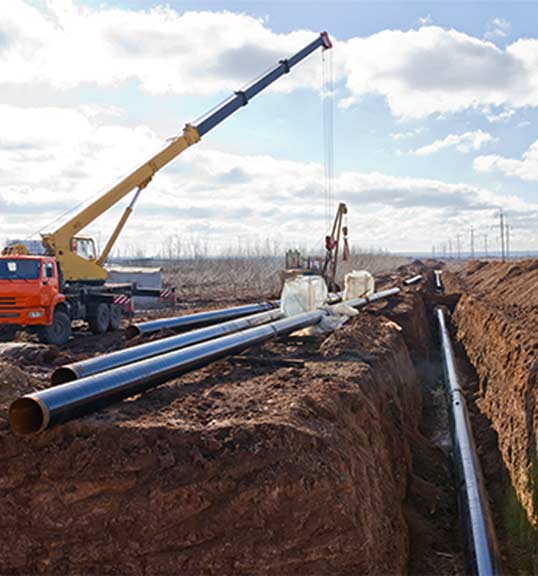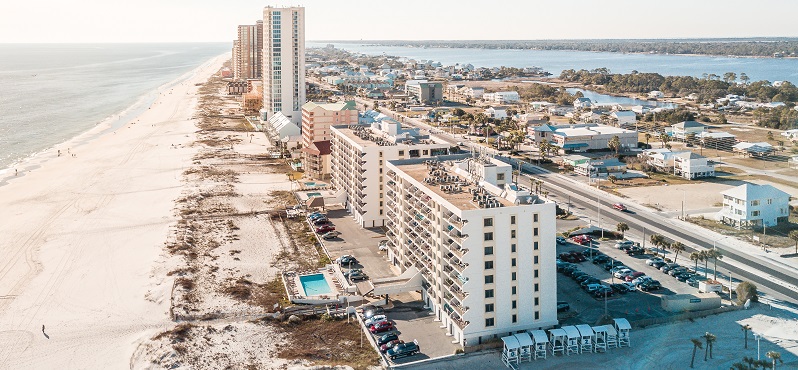More than $5 billion is spent each year to repair and rebuild concrete structures damaged by corrosion of reinforcing steel. This damage is seen every day on bridges, buildings, parking ramps and other steel-reinforced concrete structures.
The Cause: Contamination
When first poured and cured, concrete provides a friendly environment for steel. But it can turn hostile over time as several substances penetrate the concrete. Carbonation occurs when carbon dioxide enters the concrete, reacting with the lime and lowering the pH. In addition, chloride ions from deicing salts or salt-laden air can combine with water and oxygen to create a corrosive environment. An electrochemical corrosion cell is established and the process of delamination begins. As the rebar corrodes, rust forms and takes up more volume than the steel it replaces. This puts expansive forces on the concrete, which ultimately lead to cracking, spalling, and delamination of the concrete.
Signs of Corrosion
Visible signs of corrosion may first appear as cracks. Then, rust stains may appear at the surface near the corroding rebar. As corrosion advances, the concrete may spall or delaminate, often exposing the corroded rebar. Left untreated, the process continues until the concrete becomes structurally unsound.





